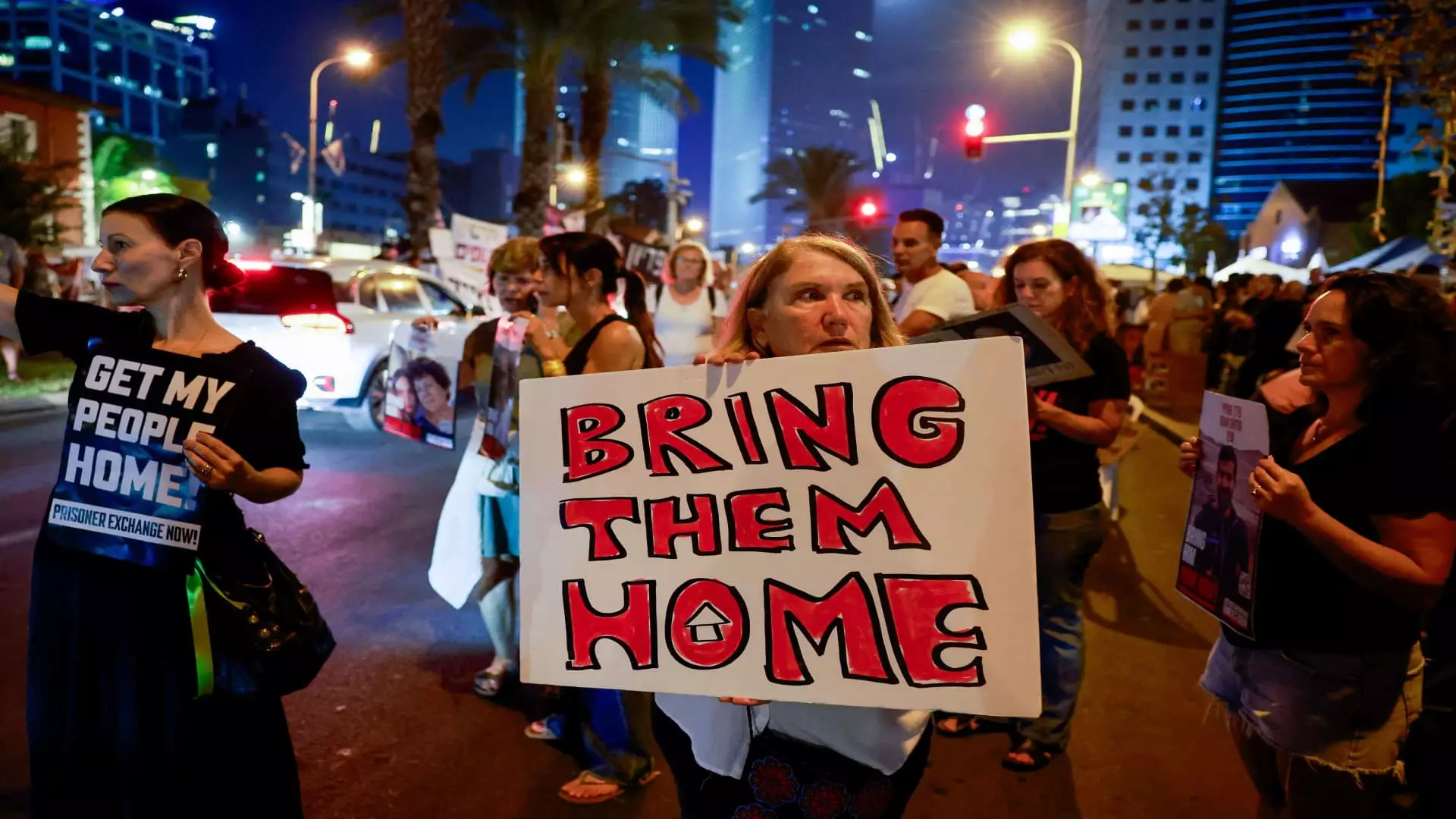A senior Israeli official has provided further details of a potential hostage deal with Hamas, which Israeli cabinet members are currently voting on. The prospective agreement would involve the release of around 50 women and children hostages over four days, during which time Israel would temporarily pause attacks to ensure their safe passage. This article will analyze the key components of the potential deal and discuss its implications for both Israel and Hamas.
Under the current negotiations, Israel would also release 150 Palestinian women and child prisoners who assisted in terror attacks but did not directly kill Israelis themselves. However, the families of the victims of these convicted prisoners would have a 24-hour window to appeal their release to the Israeli Supreme Court. This provision aims to ensure that the justice system has the final say in the release of these prisoners.
In addition to the hostage releases, Israel may agree to extend the temporary cease-fire to five days instead of four if Hamas releases 10 more hostages. This extension could be a strategic move to encourage Hamas to release all of the hostages gradually. However, it is important to note that the release of the first 50 hostages will be treated as a trial run, and further negotiations will take place based on the outcomes of this initial release.
At this stage, Israel is solely negotiating for the release of Israeli hostages. Other countries with hostages would need to conduct their own talks with Hamas to secure the freedom of their respective citizens. The Israeli official noted that many of the American hostages have dual citizenship and therefore qualify as Israeli hostages. This highlights the complexity of the situation and the need for individual countries to engage in their own negotiations.
Both Israeli and U.S. officials have reiterated that the potential deal could still fall apart, given the sensitive and fluid nature of the terms. The U.S. State Department spokesperson emphasized that nothing is final until everything is final, highlighting the precariousness of the negotiations. Therefore, while there may be optimism surrounding the potential deal, its ultimate outcome remains uncertain.
The hostage crisis began on October 7 when Hamas carried out a terror attack, taking roughly 240 hostages from Israel. The attack resulted in the deaths of approximately 1,200 people, prompting Israel to invade the Gaza Strip and declare its intention to dismantle Hamas. Despite the passage of more than six weeks since the attack, only a small number of hostages have been released or rescued so far.
Israeli Prime Minister Benjamin Netanyahu has consistently reiterated that Israel will continue its military operations against Hamas until all the hostages are released. This determination reflects the gravity of the situation and the importance Israel places on the lives of its citizens. The potential hostage deal is an opportunity to achieve this objective and bring an end to the crisis.
The potential hostage deal between Israel and Hamas offers a glimmer of hope in resolving the crisis that began in early October. However, it is important to approach the proposed agreement with caution, given the uncertain nature of the negotiations. The release of the first 50 hostages will serve as a test case, and further negotiations will depend on its success. Ultimately, the hope is that this deal will pave the way for the safe release of all the hostages and bring an end to the suffering endured by both the hostages and their families.


Leave a Reply